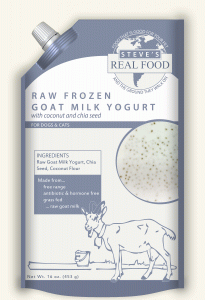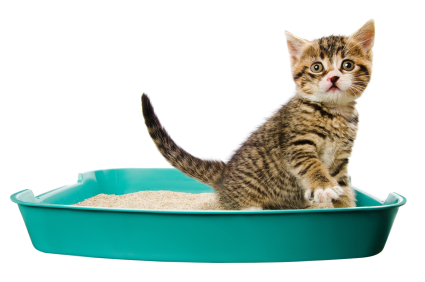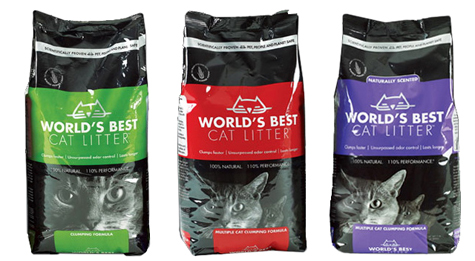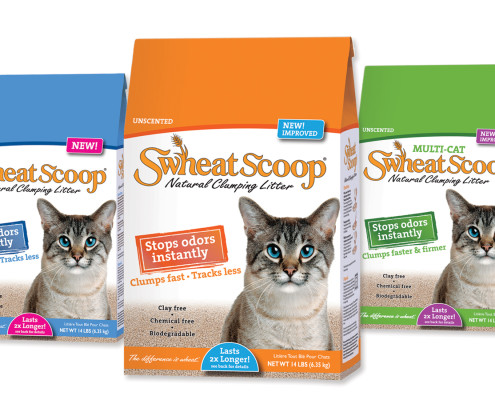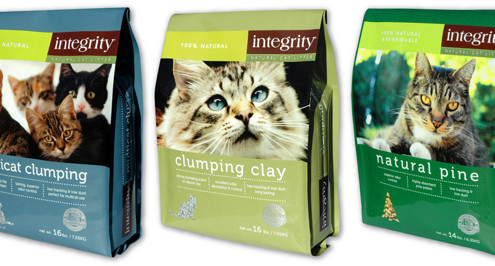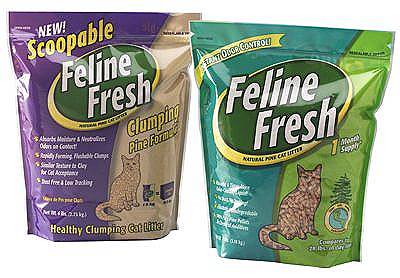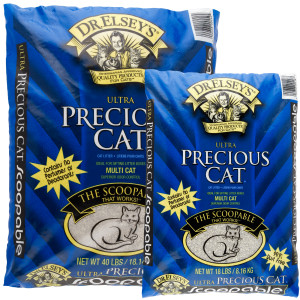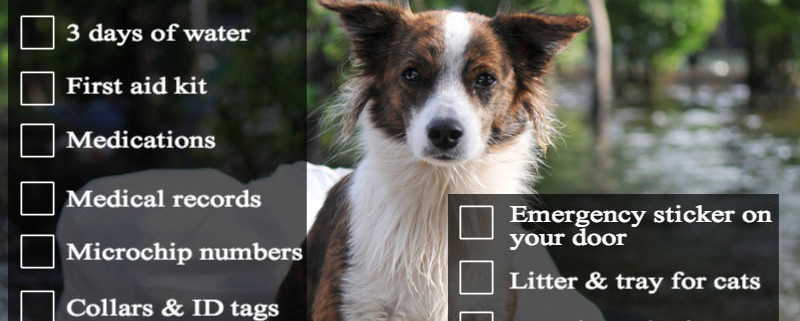Product Review: Steve’s Raw Goat Milk Yogurt
My poor dog was up all night, and poor me, I was up all night too…cleaning up her vomit. Dogs occasionally get stomach aches, just like we do. Pi is a healthy, raw-fed dog, so her digestive system is pretty solid, but even she isn’t immune to the effects of the neighbor kids feeding her brownies through the fence.
I’ve long been a proponent of using raw goat milk as a supplement for dogs and cats and I’ve seen it work wonders in animals suffering from cancer, diabetes, allergies and digestive illnesses. Steve’s Real Food just released their Raw Goat Milk Yogurt, so I was eager to try it on Pi’s upset tummy.
Steve’s Raw Goat Milk Yogurt has just three (AMAZING) ingredients:
- Raw Goat Milk- Full of probiotics and digestive enzymes (i.e. digestive aids and upset-tummy soothers)
- Chia Seed- Superfood that absorbs toxins from the large intestine. Also, awesome source of magnesium and phosphorus
- Coconut Flour- Believed to be antiviral, antibiotic and anti-parasitic
Goat Milk acts as a complete diet for dogs (remember unpasteurized milk is the first thing infants eat!) It’s super gentle on their stomachs and is helps keep them hydrated. For the first 24 hours after Pi’s puke-y night, I just fed her Steve’s Raw Goat Milk Yogurt. Those probiotics got to work, and she quickly made a full recovery back to her wild self. Hooray!
The yogurt comes in a convenient, resealable, absolutely mess-free container (available in 4oz. or 16oz.) And you can serve it to your dog daily, as a treat, or just when his digestive or immune system needs a boost. Cats love it too!
And of course, being a crazy dog-mom, I had to try a spoonful of the yogurt too. It’s tangy, smooth and pretty delicious!
Eat Well my Happy Beasts!


